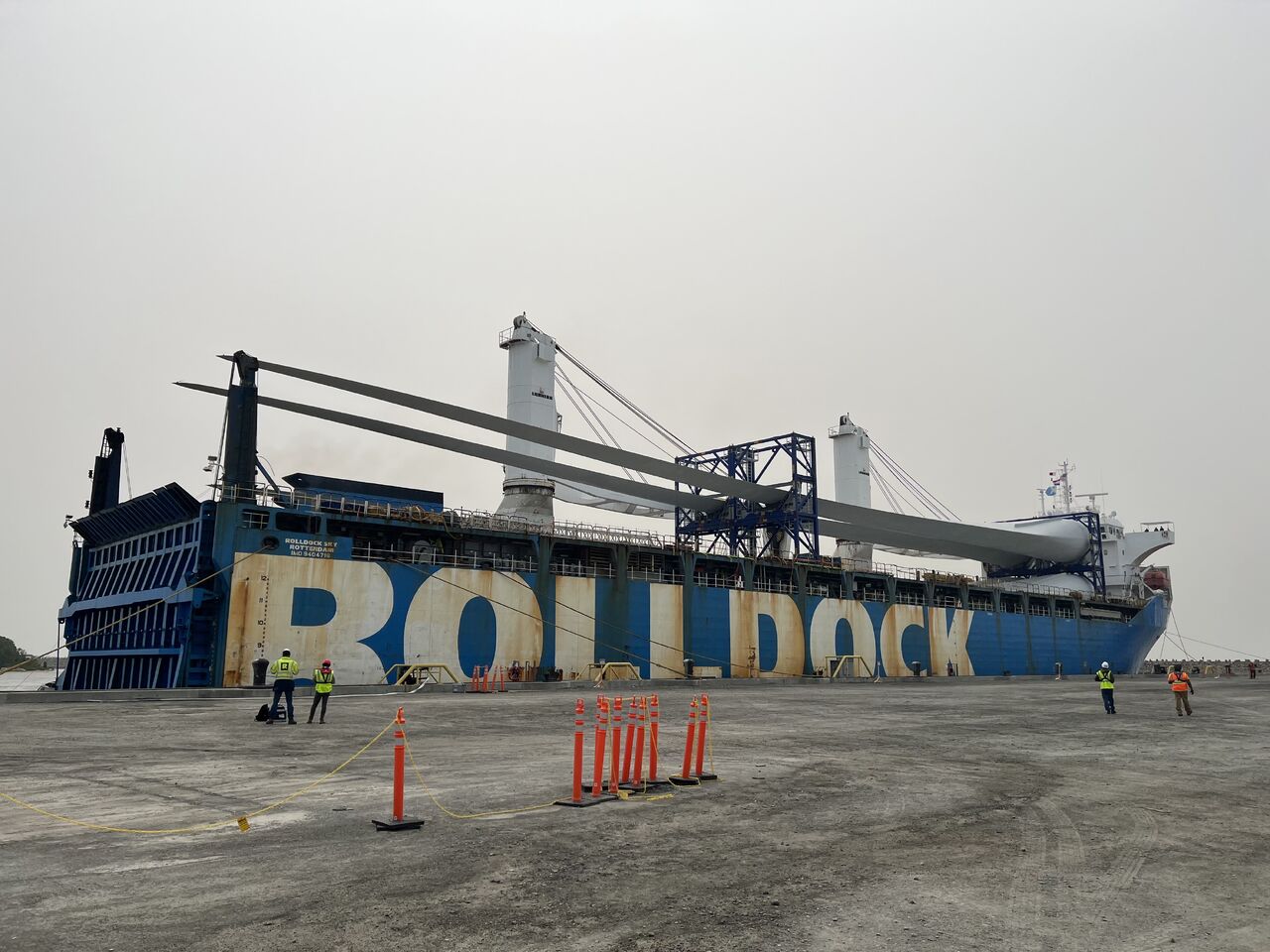
The US offshore wind industry has had some significant problems lately – but here’s why that’s not going to stop the young sector in the long run.
According to the US Department of Energy’s 2023 Offshore Wind Market report from August, around 27 power offtake contracts totaling more than 17 gigawatts (GW) of potential energy were signed by the end of May. But higher financing costs, inflation, and supply-chain bottlenecks have eaten away at the potential profitability of some of those planned US offshore wind farms. Some offshore wind developers have canceled their offtake agreements, and others have asked for renegotiations.
As the US sees its first two offshore wind farms come online by the end of this year, here are four reasons why, ultimately, the financial and supply-chain problems will pass:
Delays won’t be that dire. Most offshore wind farms that are delayed will be built just a year or two later than originally forecast. And continued investment in domestic supply chains is going to mitigate inflationary risks over the long term.
Job creation. The offshore wind industry is poised to create hundreds of thousands of domestic jobs. According to the National Renewable Energy Laboratory, offshore wind is going to need an annual average of between 15,000 and 58,000 full-time workers from 2024 to 2030. (Now we just have to train folks to fill them.)
Big wins for the Northeast. The Northeast is the US’s offshore wind trailblazer, so, of course, it’s where the first offshore wind farms are coming online. Vineyard Wind 1 off Massachusetts and South Fork off Rhode Island and Massachusetts are expected to deliver first power by the end of this year.
It’s also a region still heavily reliant on fossil fuels. But as demonstrated by Europe’s North Sea offshore wind farms, they provide the most energy during the winter months, and that means savings on utility bills when folks in New England and the mid-Atlantic will need it most. Also, compared to price-volatile oil and gas, offshore wind will offer a long-term, fixed-price contract for utilities and ratepayers.
Long-term economic benefits. Recent analysis from UC Berkeley’s Center for Environmental Public Policy, GridLab, and Energy Innovation shows that offshore wind could meet up to 25% of US energy demand while injecting up to $1.8 trillion in investment into the economy. A 2022 report from the nonprofit Chesapeake Climate Action Network projects $5 billion in savings for Maryland’s ratepayers over the next decade as offshore wind gets added to the energy mix. Clean energy is going to help bring down energy costs in the face of inflation.
Read more: The US approves Revolution Wind, its fourth major offshore wind farm
Photo: Vineyard Wind wind turbine blades, Avangrid
If you’re considering going solar, it’s always a good idea to get quotes from a few installers. To make sure you find a trusted, reliable solar installer near you that offers competitive pricing, check out EnergySage, a free service that makes it easy for you to go solar. It has hundreds of pre-vetted solar installers competing for your business, ensuring you get high-quality solutions and save 20-30% compared to going it alone. Plus, it’s free to use, and you won’t get sales calls until you select an installer and share your phone number with them.
Your personalized solar quotes are easy to compare online, and you’ll get access to unbiased Energy Advisors to help you every step of the way. Get started here. –ad*
FTC: We use income earning auto affiliate links. More.





Comments